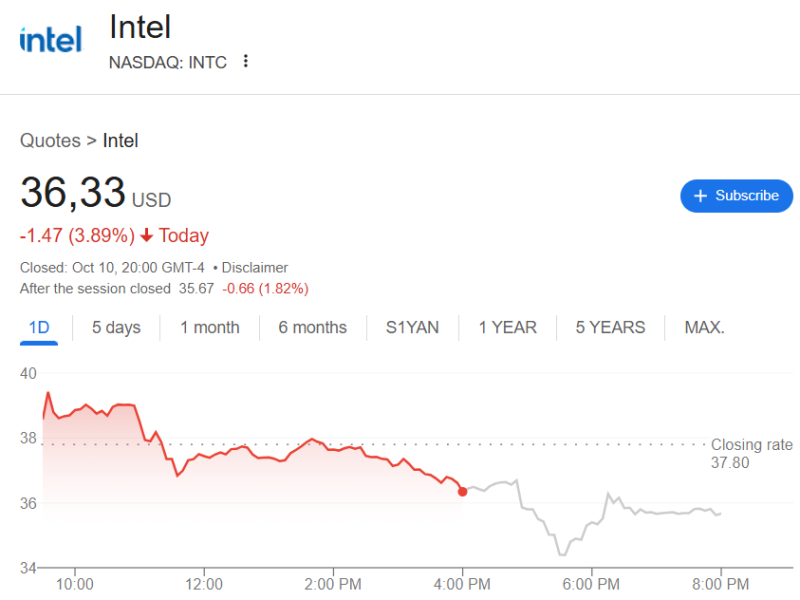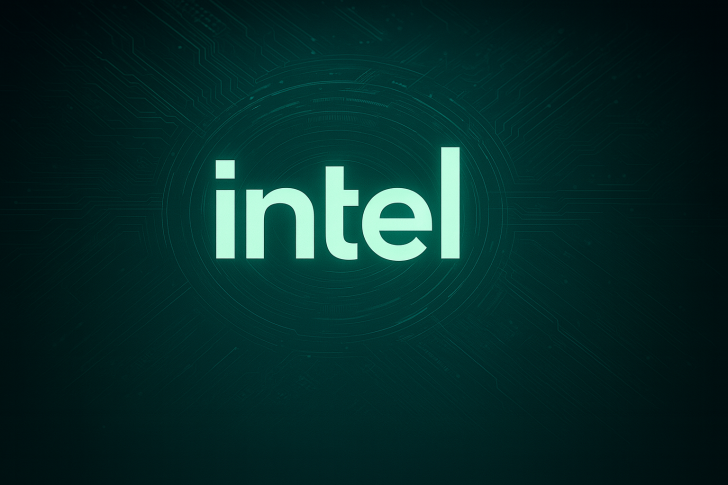Intel (INTC) has moved back into the spotlight within the semiconductor industry. For many market participants, this company represents far more than just another chip manufacturer - it embodies America's push for technological self-sufficiency. The growing consensus is that U.S. corporations and government will eventually need to engage more actively with Intel to maintain the country's edge in advanced manufacturing.
Intel's Strategic Value to American Industry
One trader, BuccoCapital Bloke, captured the sentiment by noting that "America, and America's great companies, needs Intel to work."
This view reflects a broader understanding that Intel's success is tied directly to national interests.

Whether through market forces or policy intervention, the company is likely to play a central role in securing domestic semiconductor leadership for years to come.
Technical Picture: What the Chart Reveals
Intel's price action shows several meaningful developments. The stock has been carving out higher lows after an extended period of weakness, signaling potential trend reversal. However, sellers continue to defend recent highs, creating resistance that must be overcome for further upside. At the same time, well-established support zones have held firm, with buying interest consistently returning at lower levels. Volume spikes at key turning points suggest institutional players are repositioning, which often precedes more sustained moves. This technical setup supports the case for accumulating shares during pullbacks.
What's Driving the Renewed Interest
Several factors explain Intel's return to investor radars:
- Geopolitical factors: Rising tensions between the U.S. and China have made domestic chip production a national priority.
- Policy support: The CHIPS Act is funneling capital and incentives into Intel's manufacturing expansion.
- AI infrastructure: Despite fierce competition from Nvidia and AMD, Intel is carving out a role in AI-driven data center growth.
- Valuation gap: Compared to richly valued peers, Intel offers potential upside from a contrarian value angle.
Outlook and Risk Assessment
If Intel breaks through overhead resistance with conviction, sentiment could shift quickly and push the stock closer to sector multiples. On the downside, a breach of support would likely dampen near-term momentum. Still, many investors view such weakness as a chance to build positions at better prices, banking on Intel's long-term strategic importance.
 Saad Ullah
Saad Ullah

 Saad Ullah
Saad Ullah


